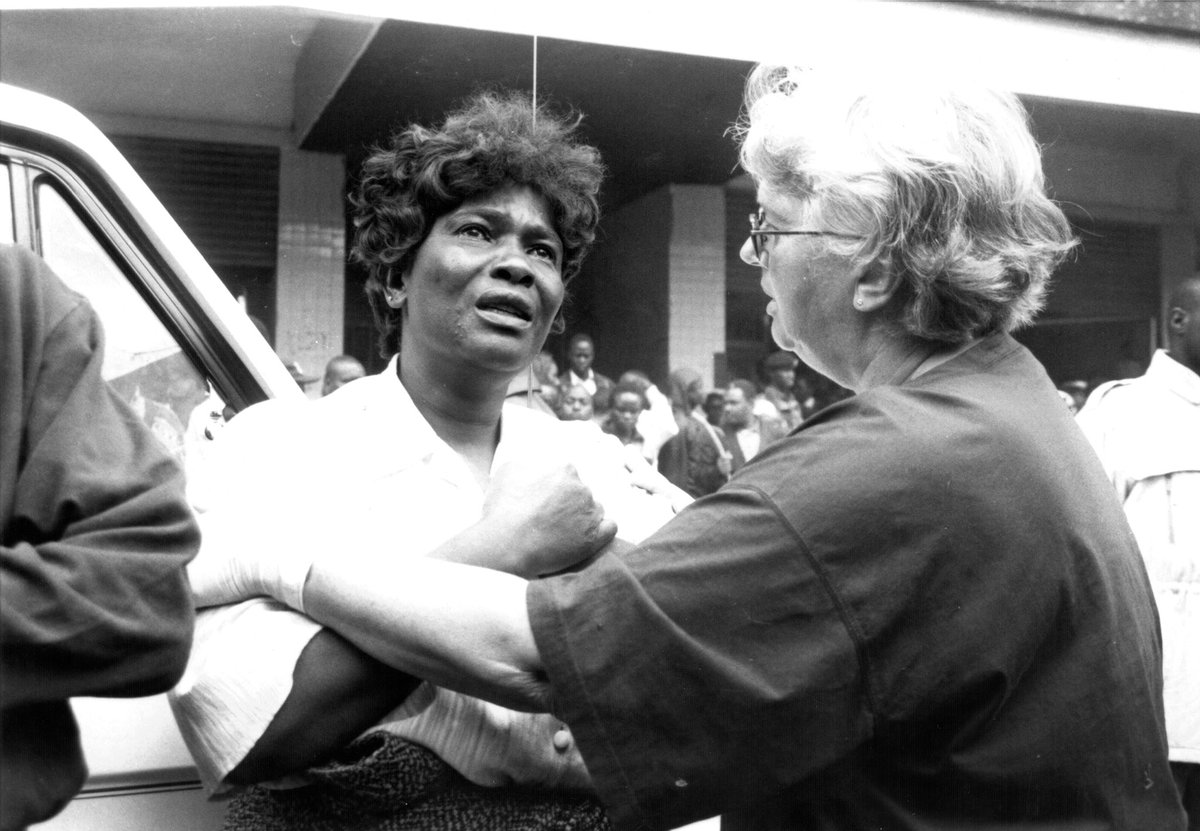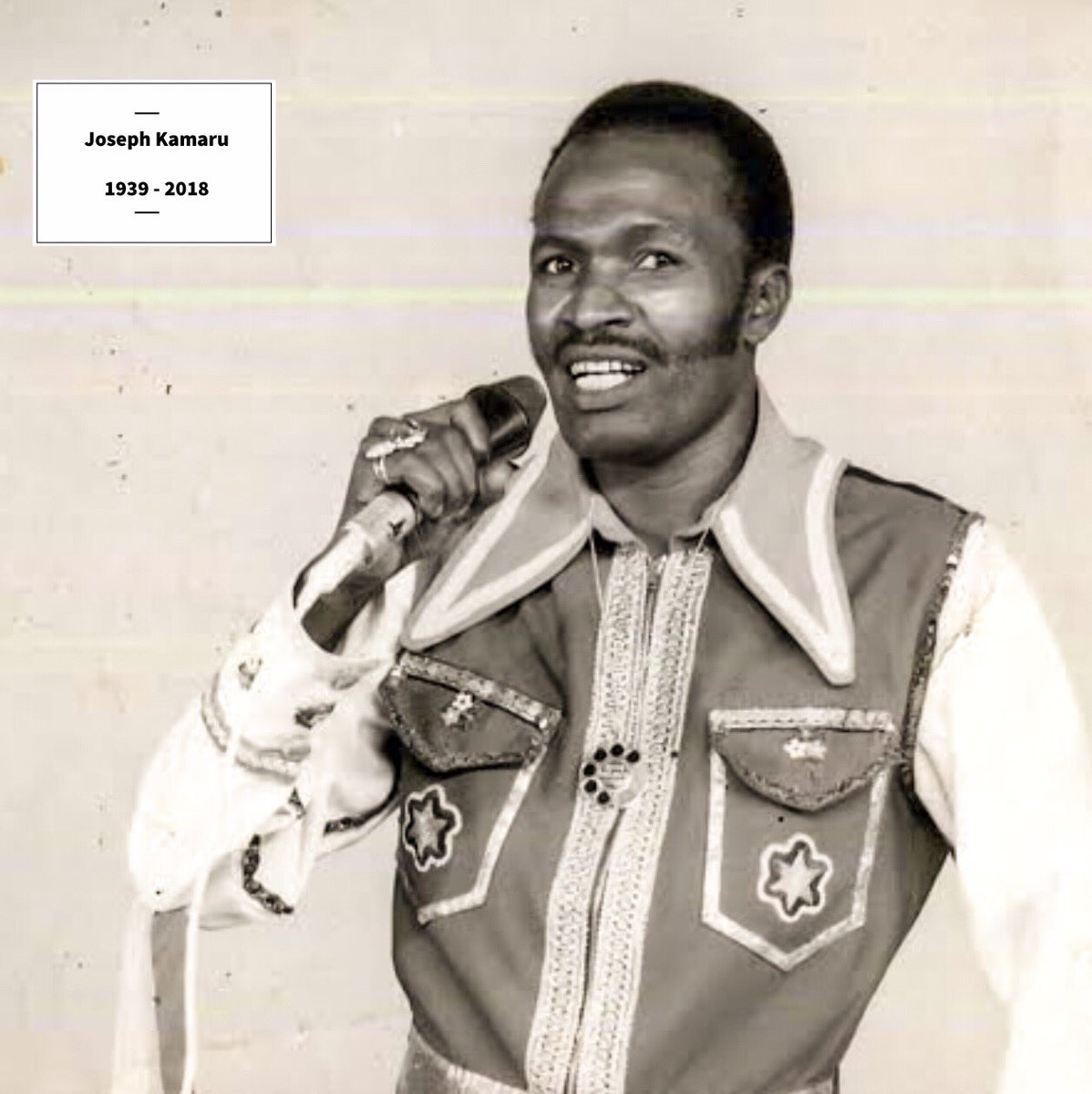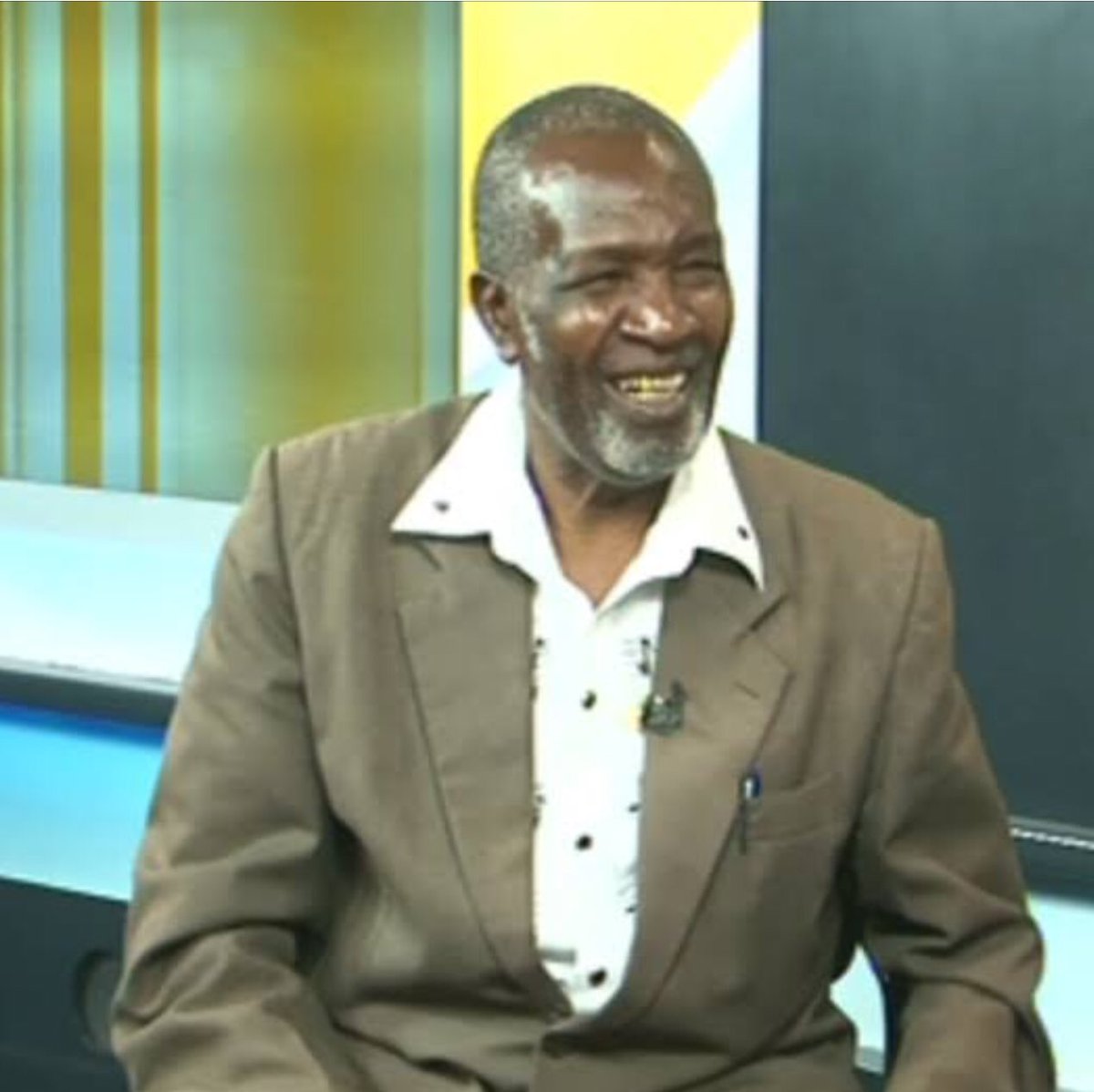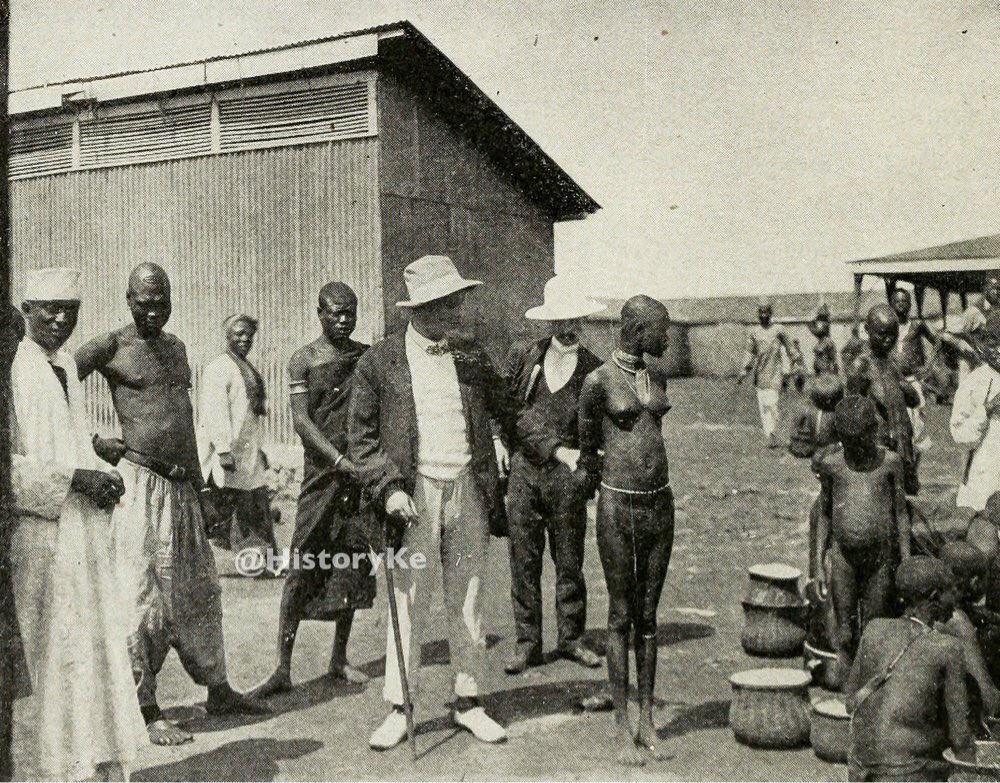#HistoryKeThread At around the time of this thread, at 1030HRS twenty years ago, on 7th August 1998, guards at the rear entrance of the United States of America embassy building in downtown Nairobi waved down a truck for routine inspection. It was halted as its occupants... 
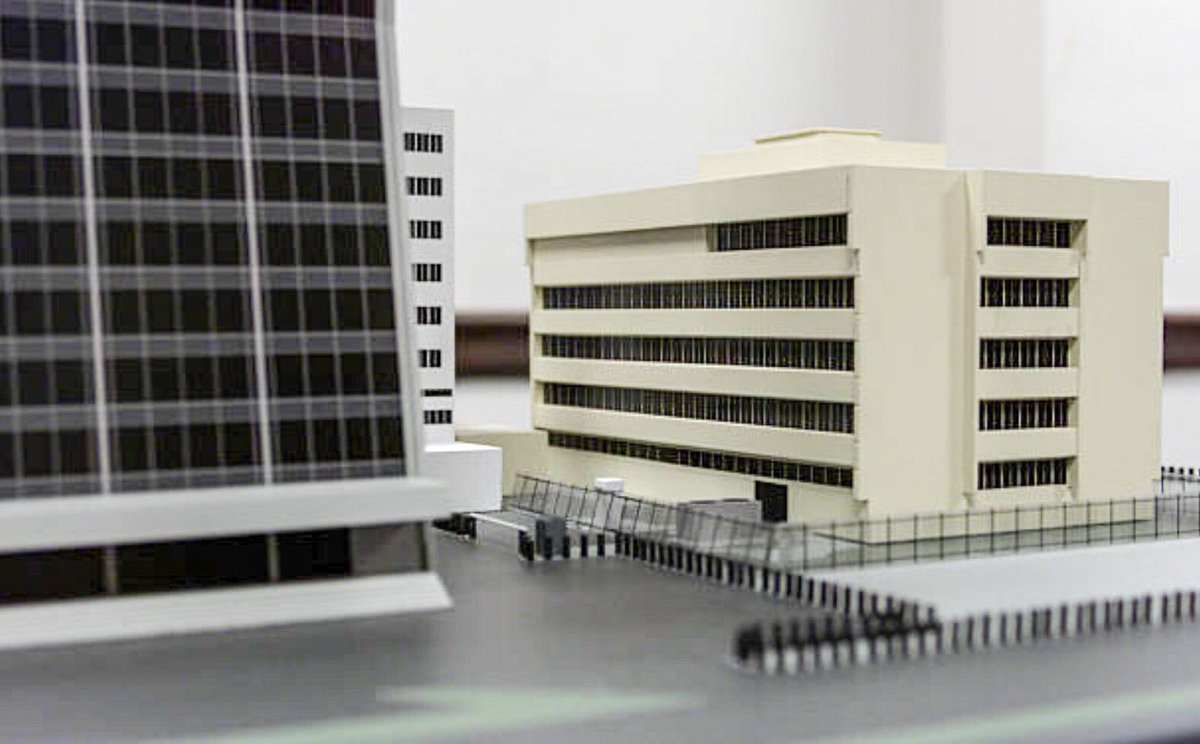
...tried to force their way into the rear entrance of the embassy building, situated at the busy junction of Nairobi’s Haile Selassie and Moi Avenues.
A brief argument ensued between embassy guards and the truck’s “arab-looking men”, who insisted they had a package to deliver...
A brief argument ensued between embassy guards and the truck’s “arab-looking men”, who insisted they had a package to deliver...
Then followed an exchange of gunfire. In seconds, the sun seemed to glow brighter as quickly as it turned dark.
#ISurvived98
A powerful, deafening bomb explosion from the truck completely tore down half of the embassy. Confusion reigned.

#ISurvived98
A powerful, deafening bomb explosion from the truck completely tore down half of the embassy. Confusion reigned.

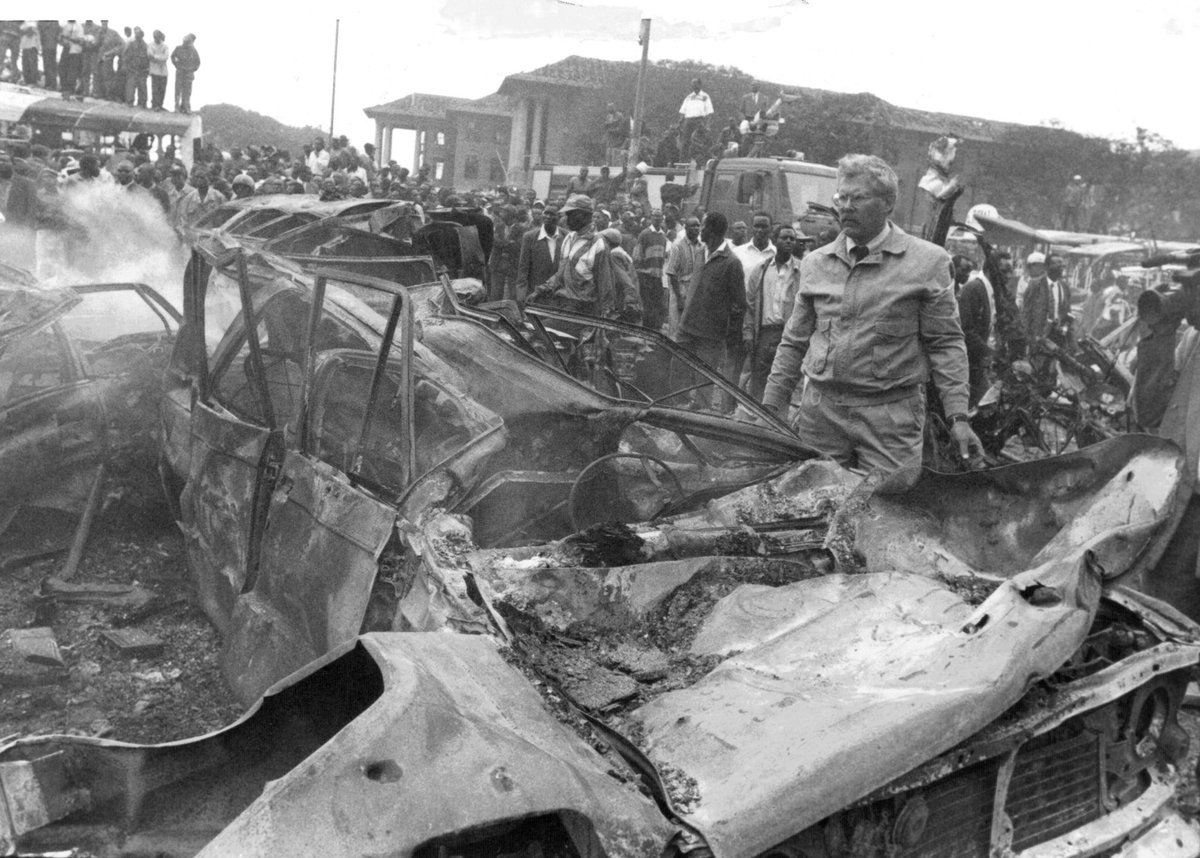
Adjacent streets were in a total state of chaos. Desperate screams from the injured, punctuated by the cacophony of security alarms of cars that had been parked further down the streets, interrupted the momentary silence. 



The impact sent the entire Ufundi Cooperative Building adjoining the embassy to the ground like a pack of cards. This is the building that bore the brunt of the bomb blast. Next to it was the iconic Co-operative Bank building. 

Nearly all the latter building’s windows were shattered.
Away from the epicenter of the blast, along Uhuru Highway and even Landhies Road, pedestrians whose attention had been drawn to a loud blast looked on in bewilderment as many private and public vehicles sped off...


Away from the epicenter of the blast, along Uhuru Highway and even Landhies Road, pedestrians whose attention had been drawn to a loud blast looked on in bewilderment as many private and public vehicles sped off...



.....from the scene of the blast. Fleeing motorists, their car full lights on, hooted furiously as a way of warning others against approaching the city. Others sped away in cars whose windscreens and windows had been shattered by the bomb's impact.
... Meanwhile, workers at offices as far away as the city’s Industrial Area and Upper Hill exchanged startled glances moments after the blast. They felt their windows and desks rattle. Even curtains shook violently.
At the scene, people were strewn on the pavements bleeding. There was broken glass and pieces of twisted metal everywhere. Mangled cars and lifeless bodies, some burnt to a crisp, were on the streets. So were a lot of bloodied pedestrians, some of whom had been wounded by....
...flying debris.
In the upper floors of the adjoining Co-operative Bank building, some office workers, in the mistaken belief that the structure was about to collapse, leaped to their deaths against desperate pleas from members of the public who had rushed to join in the rescue efforts... 


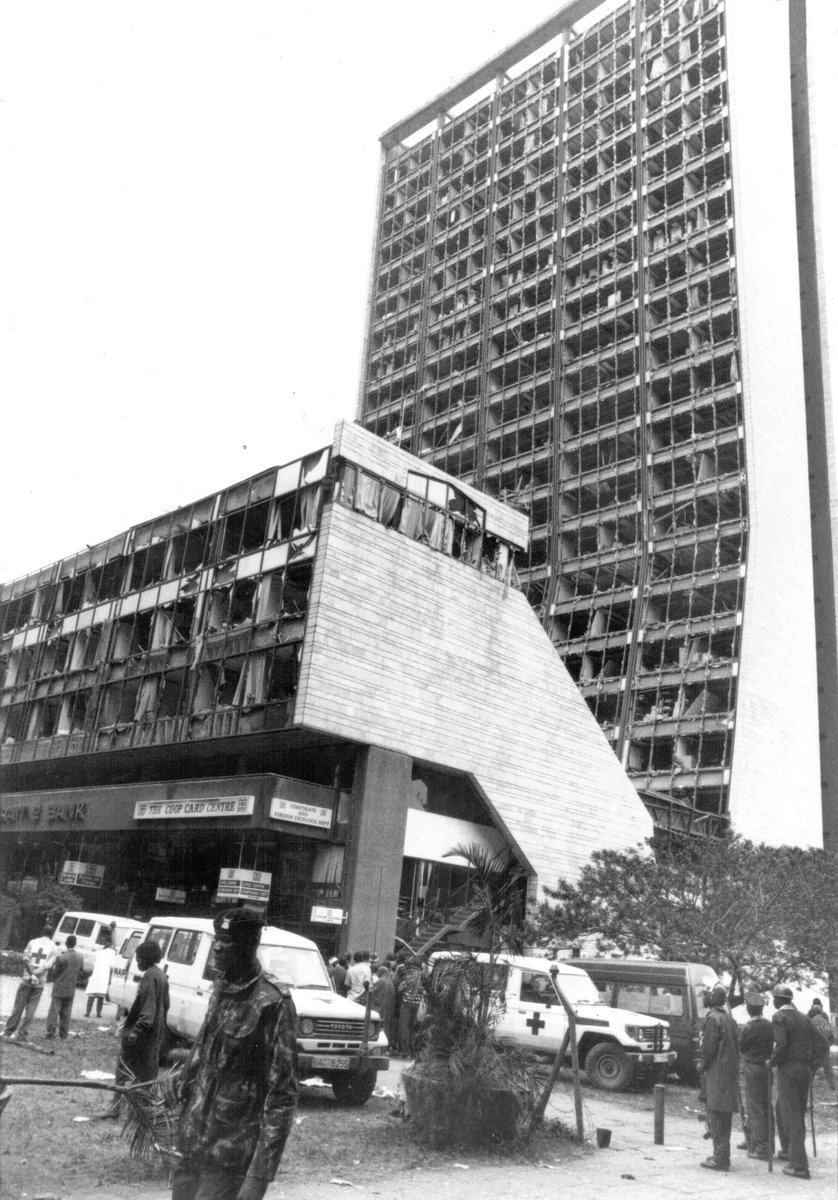
The @KenyaRedCross, @PoliceKE, the city’s Fire Brigade, @kdfinfo and the American Marines soon joined rescuers. The latter had a difficult time fending off civilians eager to rescue those trapped within the bowels of the damaged buildings. 

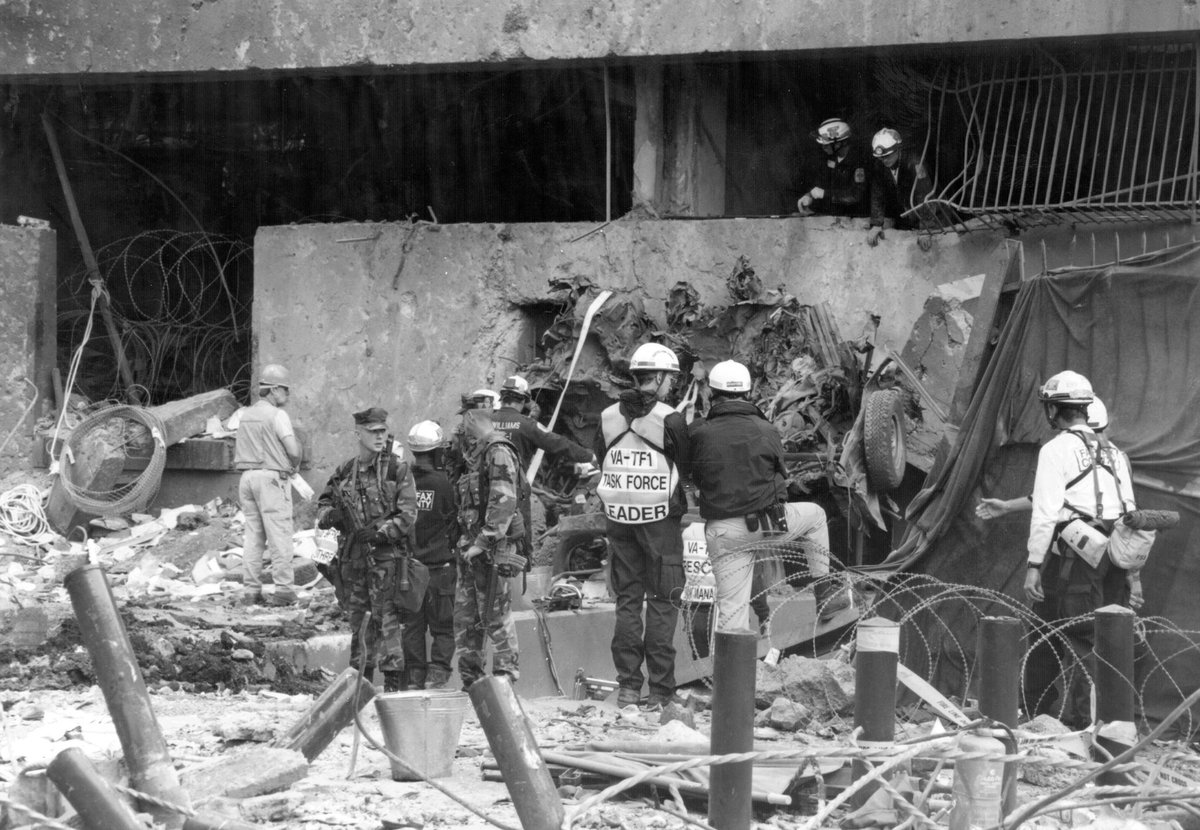
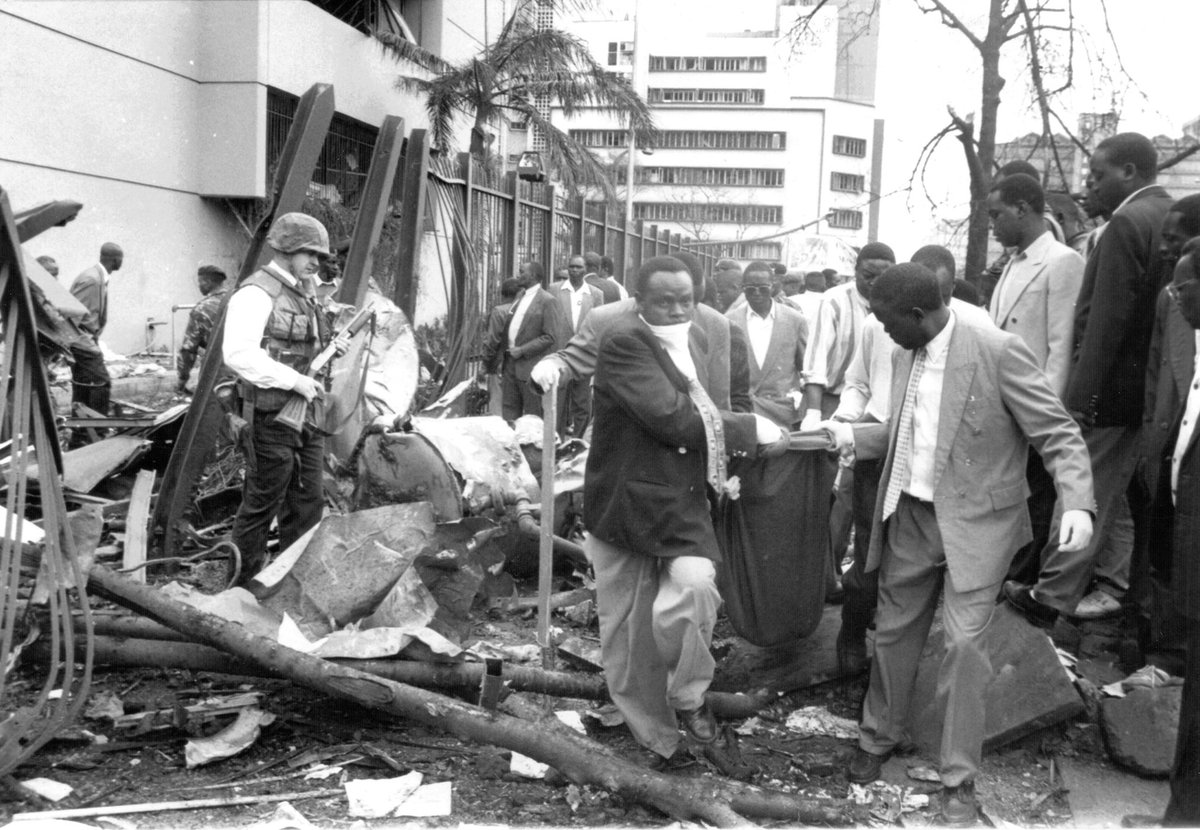
Imagine the extreme anxiety of those who had loved ones visiting or working in the city that day; at a time when the only way you could reach them was by landline phones. However, somehow, news spread....
As rescue efforts began, for instance, news started filtering through that the US embassy in Dar es Salaam in neighboring Tanzania had been hit, too.
A group calling itself the "Liberation Army for Holy Sites" claimed responsibility for the twin attacks. The FBI would thereafter establish that the Al Qaeda-associated group was actually the Islamic Jihad of Egypt.
...meanwhile, hundreds of ordinary Kenyans volunteered to evacuate the injured and rescue those buried in the debris. They were undaunted by the phalanx of armed US marines that had somehow sprang out of the severely damaged embassy building like a seething mass of ants...
...to protect its perimeter, or what remained of it.
The rescuers were not alone. In the days that followed, and amid an outpouring of sympathy and messages of solidarity from around the world, various friendly governments offered material and personnel support to the rescue efforts.... 

The Government of Israel sent a recovery team with specialist equipment and sniffer dogs. Working for days with the @KenyaRedCross and @kdfinfo personnel, they helped identify locations of, and retrieve, survivors buried under the concrete debris.
Later news accounts and investigations reconstructed the events leading up to August 7, 1998. It was reported that months to the attacks, suspicious men said to be of Middle-Eastern descent had been spotted filming the area around the embassy....
It also turned out that following the 1983 bombings of the US Embassy and military barracks in Beirut, the American government had started rolling out security redesigns of its missions around the world.
However, owing to the sheer cost of the improvements, the State Department had ranked which foreign missions got priority in the fortifications. Unfortunately, Nairobi was not high up in the prioritization, and terrorists had turned to embassies that were deemed less protected.
In the aftermath of the attack, 218 people were declared dead, over 5,000 injured and property worth billions of Kenyan shillings destroyed. The bombing is to this day the worst terrorist attack ever to take place in Kenya.
At least eight of the terrorists involved in the plotting or execution of the Nairobi and Dar terrorist attacks are serving various jail terms. Many others, not least Osama bin Laden and Fazul Mohammed, have been hunted down and killed.
On this #Aug7at20, we remember not only the victims of the 1998 Nairobi embassy bomb blast, but the survivors. Their loved ones, too. 

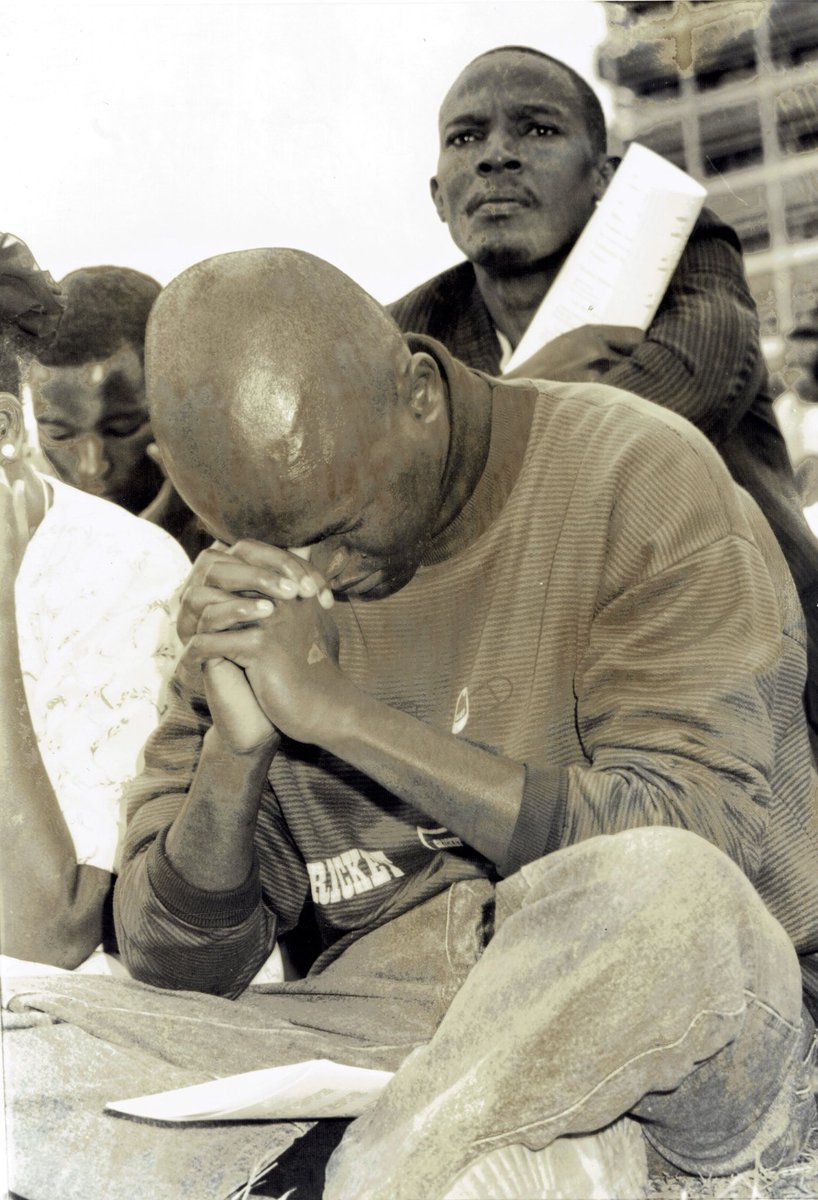
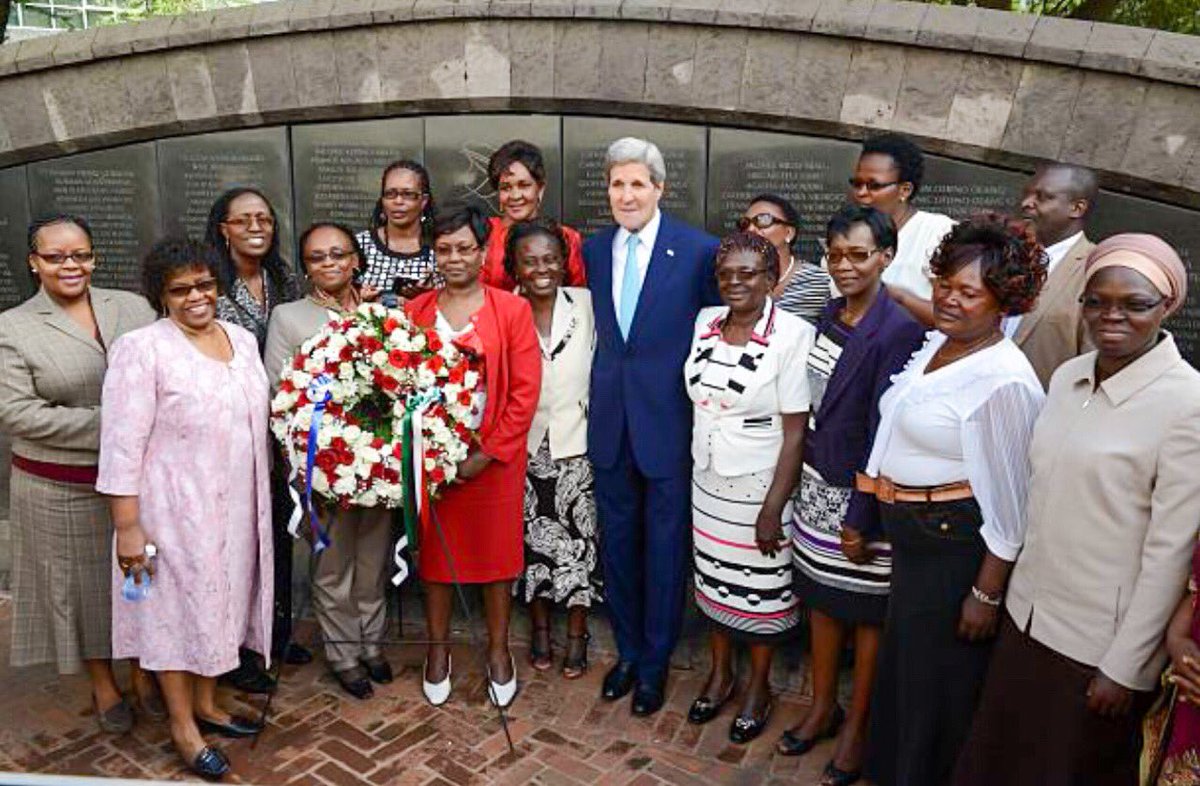
We pay tribute to the rescuers, uniformed or otherwise, local and foreign, who spent no fewer than four days braving the daytime heat and night chill in a delicate rescue operation....
We also thank the various corporate and individual well wishers, who extended a helping hand to families of the affected, and to rescuers as rescue efforts were ongoing. We remember those countries that stood with us then, and stand with us now. 

We also most sincerely salute the US Embassy guards that first stood up against the terrorists. Who knows what would have been the effect had the bomb-laden truck been allowed to drive into the embassy’s underbelly?
Finally, we thank the Board of Trustees of @MemorialParkKe for immortalising the loved ones we lost and the heroes we cherish; for reminding us that we can marshal strength from calamity, serenity from from chaos.
Find time today to visit the August 7 Memorial Park to express your #ISurvived98 solidarity with victims and survivors of the terrible act of terror that took place today twenty years ago. 

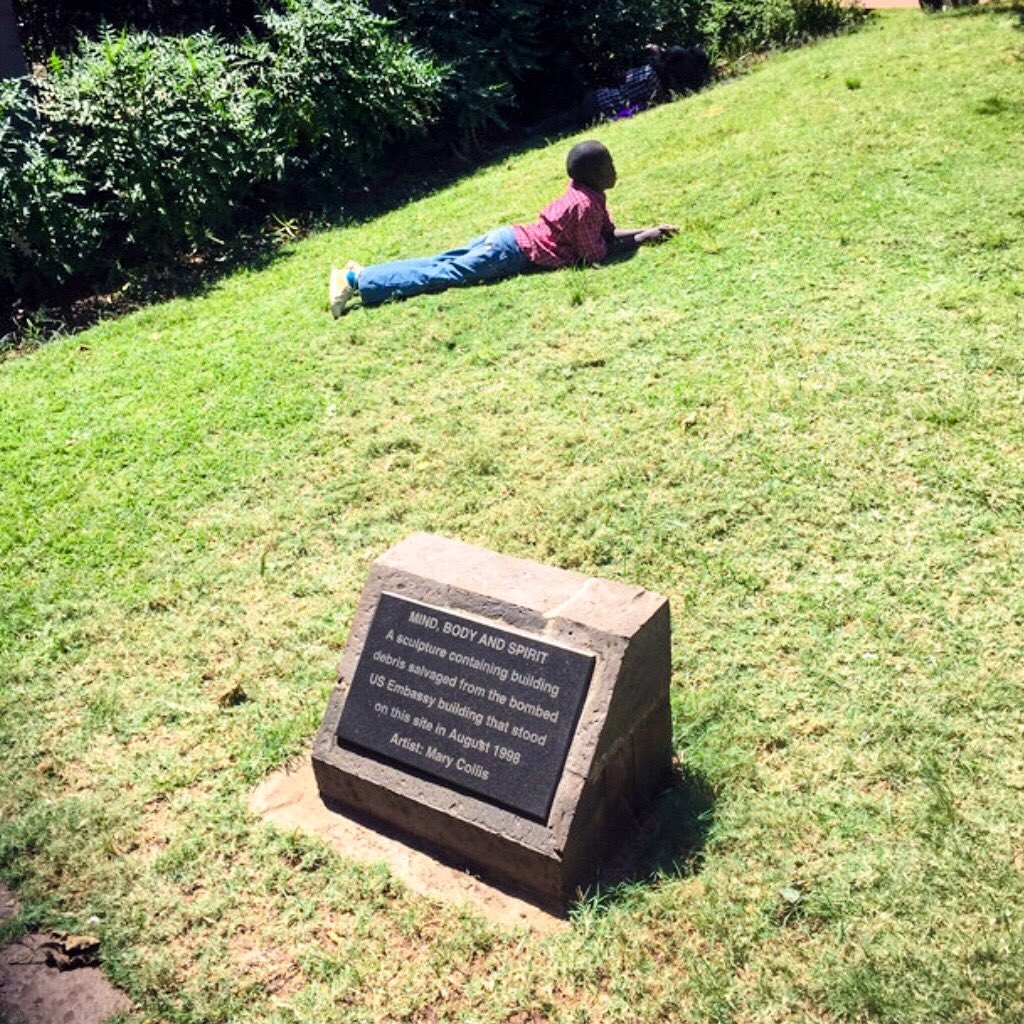
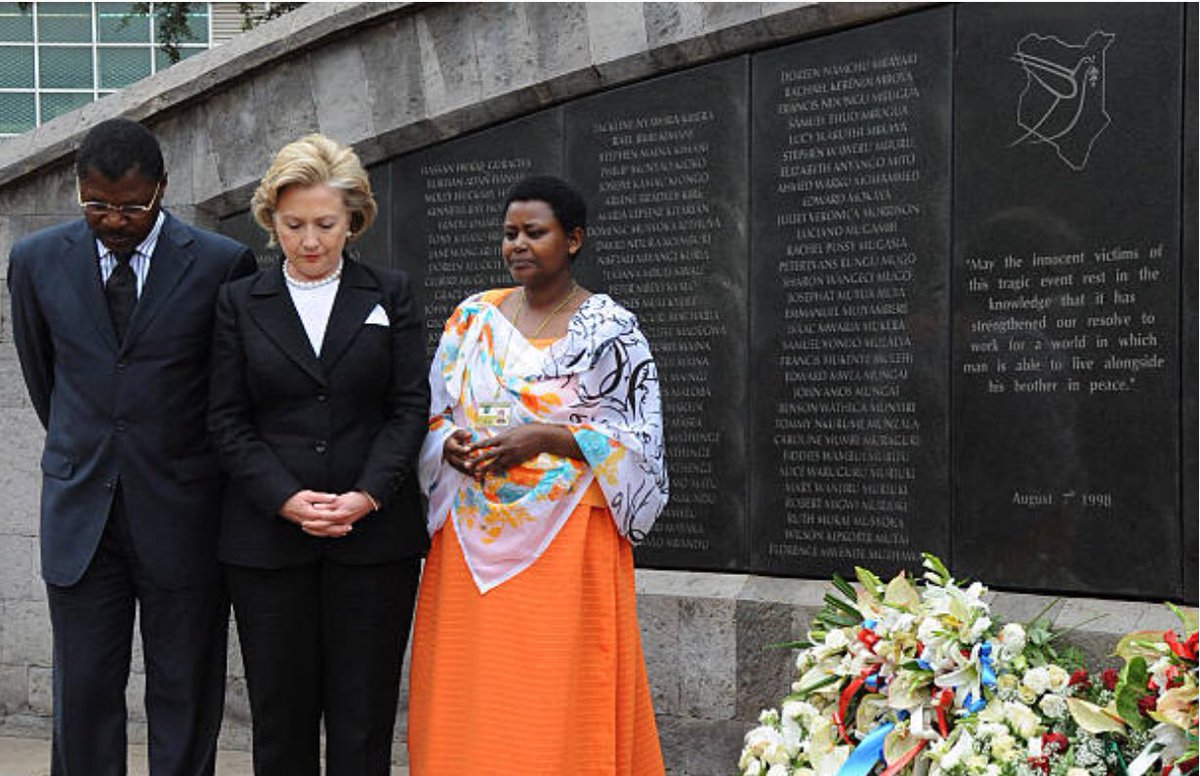
• • •
Missing some Tweet in this thread? You can try to
force a refresh


